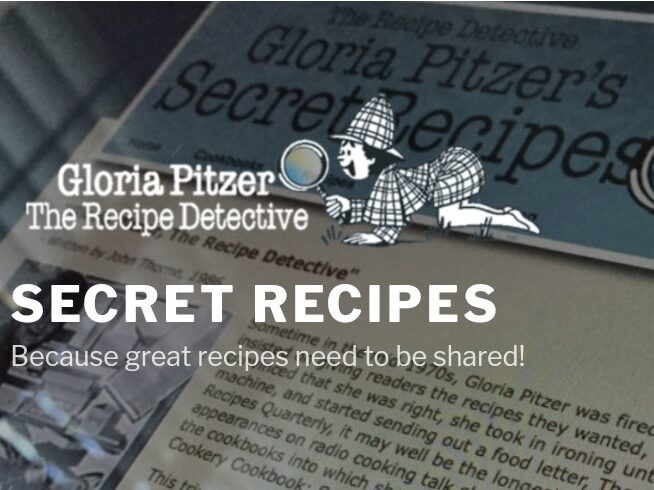Happy Monday to everyone, as we approach the end of August and Labor Day weekend – it’s the “unofficial” end of summer! Although, technically, there are 4 more weeks until fall really begins.

Mom kept a well-rounded library of sources from which to draw upon for inspiration and information. Remember, this was decades before the World Wide Web was available to households. Her favorite “go-to” books and magazines, when she was laying the groundwork for her copycat versions of the famous dishes and products of the food industry, included: Better Homes & Gardens, Good Housekeeping and Farm Home Journal.
Mom also loved her copies of Bob Allison’s Ask Your Neighbor Recipes cookbooks, the Bentley Farm Cookbook by Virginia Williams Bentley, the Blueberry Hills Menu Cookbook by Elsie Masterton, The Complete I Hate to Cook Book by Peg Bracken; and she considered her copy of The Joy of Cooking by Irma Rombauer to be the bible of every good cook. In fact, Mom often recommended it, even though her own cookbook, The Joy of Not Cooking – Any More Than You Have To, was a bit of a spoof on it.
However, Mom’s first two biggest influences in the kitchen were, of course, her own mom; as well as my dad’s mom, as they lived with Dad’s parents for a short while, when they were newlyweds. Below is a picture of the story, which Mom re-printed in one of her last issues of the newsletter that she wrote and published for more than a quarter of a century (Jan. 1974 through Dec. 2000.)
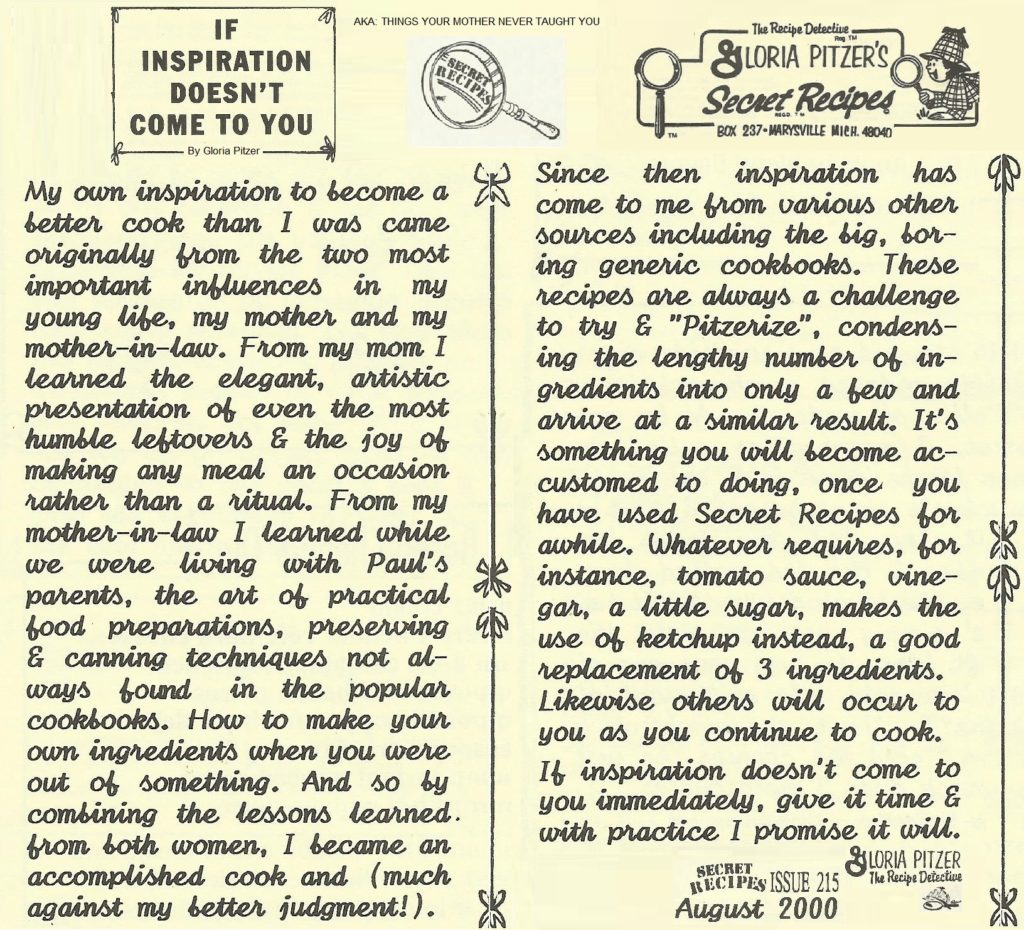
Likewise, my mom was my initial kitchen influence as well. Besides some of the basics, which my high school Home Ec. class didn’t teach me as a teenager; Mom taught me many things in my young adult life as a busy, working-mom with a baby and another on the way – especially about recipe ingredients and substitutions – including “short-cut-cooking”, as she termed it.
Eventually, Mom put a collection of her “short-cut-cooking” recipes together into one cookbook, which she called Gloria Pitzer’s Mostly 4-Ingredient Recipes (Secret Recipes©, St. Clair, MI; April 1986). It has always been one of my own favorite “go-to” cookbooks. But, of course, I love all of her books! I have most of them, but not all.
I also have her copy of Peg Bracken’s I Hate to Cook Book and some of her copies of Bob Allison’s cookbooks, called Ask Your Neighbor Recipes. Bob Allison and his “neighbors” were other huge influences on Mom, as that’s basically where “The Recipe Detective” was born, back in the 1970s. Below is a collection of Mom’s writings regarding “short-cut cooking” and ingredient substitutions that work and don’t work.
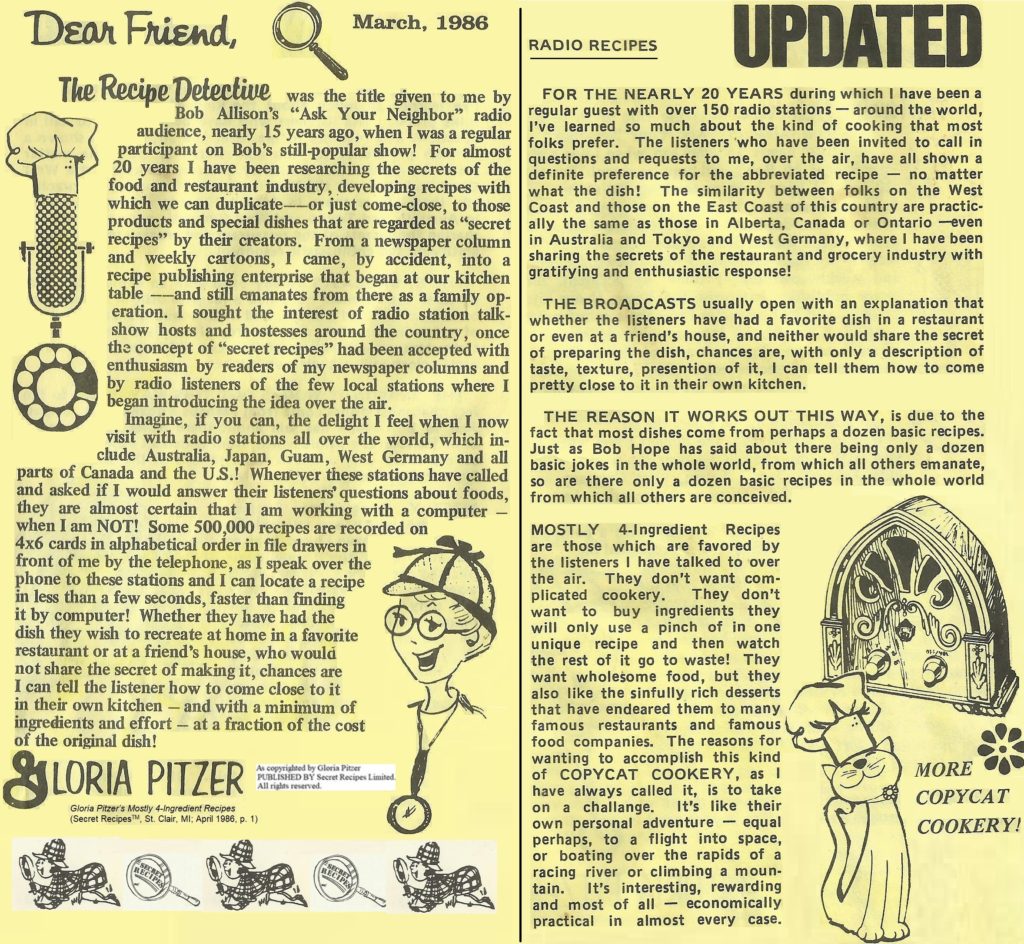
FROM MOM’S MEMORIES…
As seen in Gloria Pitzer’s Secret Recipes© Newsletter, 125th Issue (Secret Recipes©, St. Clair, MI; Mar-Apr 1987; p.3)
You have to learn to be versatile when it comes to ingredients. Some things can be substituted, and some cannot. In [my] 1977 issue of The Second-Helping of Secret Recipes (National Homemakers Newsletter, Pearl Beach, MI; July 1977), I wrote a little poem that pretty well says it all…
SAD RECIPE
I didn’t have potatoes,
So, I substituted rice…
I didn’t have paprika,
So, I used another spice!
I didn’t have tomato sauce –
I used tomato paste –
A whole can, not a half can…
I don’t believe in waste.
A friend gave me the recipe.
She said you ‘couldn’t beat it!’
There must be something wrong –
We couldn’t even eat it!

FROM MOM’S MEMORIES…
As seen in…
The Secret Restaurant Recipes Book (National Homemakers Newsletter, Pearl Beach, MI; January 1977, p. 4 & 6)
HERE ARE SOME TIPS ON HOW TO WRITE YOUR OWN RECIPES!
Most good cooks can whip up a culinary storm in the kitchen but, when it comes to putting a recipe on paper… they forget the basic rules of recipe writing. Remember, there’s a recipe for writing a recipe and it goes like this:
Always list the ingredients in the same order in which they will be used in the method. Some of the greatest dishes are lost in translation when the recipe is given with the ingredients out of order…
If you’re working with canned products, it’s easier to identify them as either ‘drained’ or ‘undrained’ in the list of ingredients, rather than take a complete sentence to direct the cook to do this in the method [instructions] portion of a recipe.
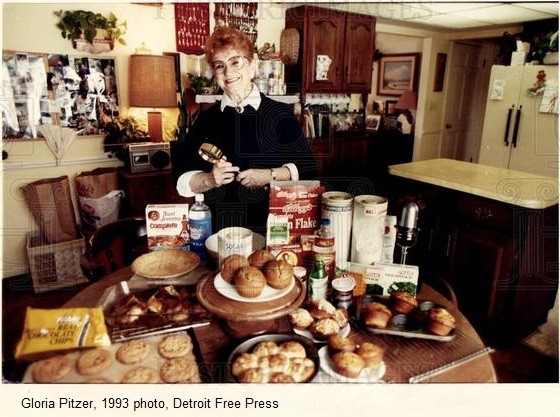
The method should be a double-check against the ingredients listed… It helps, too, suggesting what size utensils to use… [don’t] start to combine ingredients in a bowl that is… too small for the final result… Always give the size of the dish, pan, casserole, etc., in which the ingredients should be baked, cooked, [mixed,] etc.
Give accurate temperature and time for cooking or baking or chilling or freezing. Approximate time for cooking or baking should give the cook a five minute margin within which to work. [Using a Pyrex baking dish and not a metal baking pan requires a lower temperature for a longer period of time.] Identifying the color of a dish at various points of the cooking stages is helpful too. Beating time approximation should be given when it is essential to the success of the dish.
When you write a recipe for cookies and you are not certain how many it will make, you can approximate the yield by allowing one dozen cookies for every cup of flour used, if cookies are about 1-inch in diameter before baking.

Some recipes cannot succeed with substitute ingredients. Self-rising flour is one ingredient to be careful of when substituting without specifics. Butter can usually be substituted with margarine – but, in pie crust recipes, margarine makes a crust tough and heavy.
Lard may make a crust flaky, but it is difficult for many people to digest and is often greasy. Pure vegetable shortening, such as Crisco or Spry is best for pie crust shortening. ‘Shortening’ is a term used to identify fats or oils in a recipe. It can mean butter, lard, oil, margarine, etc.
If a recipe specifically calls for ‘sour cream’, don’t try to substitute homemade sour milk, as it may cause a failure. Many cheese product ingredients are interchangeable in baked side dishes and main dishes. But, substitutions can not be used in the case of pasteurized cheese spreads. Velveeta is most successful in most combinations, calling for a smooth and mild flavored dish.

Baking powder and baking soda are NOT alike and should not be substituted, one for the other, unless [very] small amounts are called for that will not possibly affect the outcome [in which case, it could possibly be skipped, altogether]. Many bread recipes do call for both, yeast and baking powder; as well as soda, even though some may be reluctant to accept the combination.
Even the size of eggs used in a recipe can determine the success of a cake or souffle or another light dish. Use large eggs, unless otherwise specified – or use 2 small eggs for every large egg called for in a recipe or use 3 medium eggs for 2 large eggs.
Do not reuse solid shortening for deep frying unless it is within 48 hours of the original use. Even though shortening is refrigerated and strained, the solid shortening has a tendency to take on the flavor of the food previously fried in it – even potatoes. However, oil may be used over, up to 10 days or 2 weeks, if it is carefully strained after using, covered and immediately refrigerated until the next use.

Do not mix food flavors with same oil – such as fish and, then, chicken or onions and, then, something else… The best suggestion for reusing oil is to reheat it no more than three times. Discard it and begin fresh the next time.
RESTAURANTS DO NOT ALWAYS COOK FROM SCRATCH
…Don’t be disappointed when you find that a duplicated recipe employs the use of prepared mixes, because that is the way today’s food service businesses do it. Most of what you eat in the corner diner – where the truck drivers stop for good, home-cooked [meals] – is the same basic food you would also be served in a fine hotel, supplied by the same food manufacturing firms that also stock our supermarkets with products for the homemakers. For instance, did you know that Ore Ida offers a large selection to restaurants of the same variety of potatoes that you probably buy from the frozen food counters of your local supermarket?
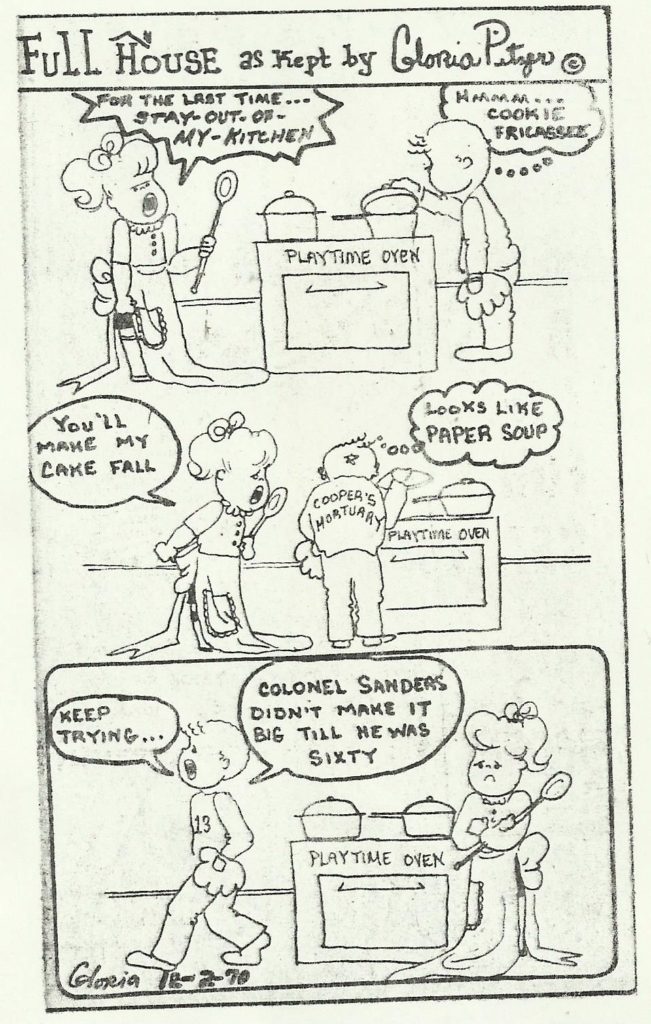
#NationalWomensEqualityDay
P.S. Today is also “Women’s Equality Day”!
On this day in 1920, almost 100 years ago, Congress passed the 19th Amendment to the Constitution, which granted women their voting rights. The Women’s Civil Rights movement had been decades in the making, before it finally came to fruition. For more information, check out these two websites: https://nationaldaycalendar.com/national-womens-equality-day-august-26/ & http://www.holidayinsights.com/moreholidays/August/womensequalityday.htm

IN CLOSING…
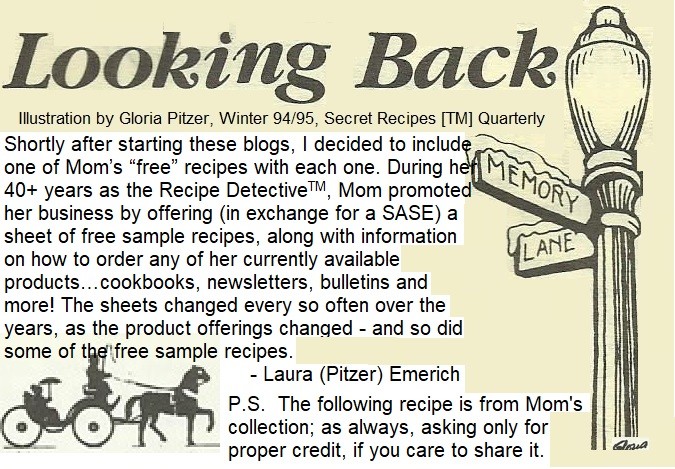
BBQ BEEF SANDWICHES, like A&W’s
By Gloria Pitzer, The Copycat Cookbook (Secret Recipes, St. Clair, MI; April 1988, p. 10)
Ingredients:
4 cups shredded, cooked beef roast (or round steak)
1 cup Heinz Ketchup
1 cup apple butter
1 cup Catalina dressing
¼ cup Heinz 57 sauce
2 TB Worcestershire
Instructions:
Combine all ingredients in a 2 ½-qt baking dish.
Cover tightly and bake at 375°F for 45 minutes or until piping hot.
Fill 8 hamburger buns and serve at once!
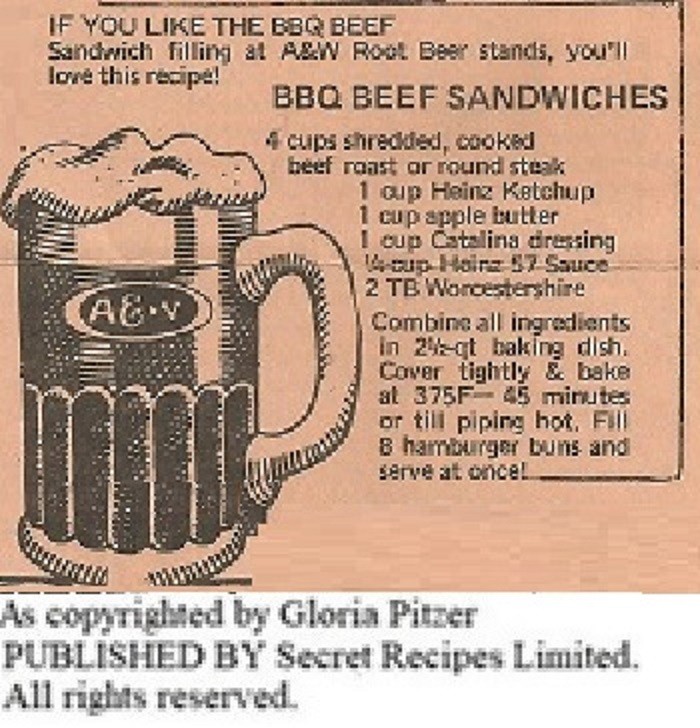

Gloria Pitzer’s Cookbook – The Best of the Recipe Detective is available, for sale, at $20.99 each through the publisher, Balboa Press, at https://www.balboapress.com/Bookstore/BookDetail.aspx?BookId=SKU-001062252; eBooks are also available for $3.99 at https://www.balboapress.com/Bookstore/BookDetail.aspx?BookId=SKU-001062253
